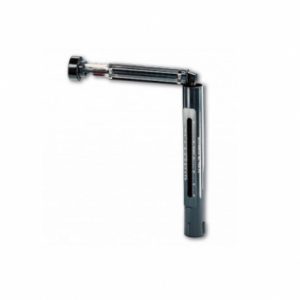A psychrometer is a medical instrument that measures the amount of sugar in the blood by using a skin prick test. Today, the classic psychrometer is now abandoned. It is rarely used in most clinics and is replaced by more modern and automatically operated thermal units, e.g. platinum ion generators, thermocouples and thermometers. The Assam psychrometer first became popular way back in the 19th century. It was a handheld unit that used a mercury syringe to draw a drop of mercury from the patient’s body.
Today, there are numerous other ways to measure the moisture content of the air in your home or office. For example, you can use a relative humidity meter, moisture analyser and moisture electrodes. But these newer, automated methods can only measure the relative humidity or the moisture content of a room at one time. This is because we can only monitor and control the humidity levels in a single location. So how can psychrometers measure and account for humidity changes over a wide area?
 An electronic device called a remotely controlled psychrometer in Adelaide is used to generate accurate measurements. It consists of two transducers, a transmitter and a receiver placed anywhere in your house or office. The transmitter sends out radio signals which are received by the receiver in an electronic transducer. Once the signals reach the receiver, it calculates the moisture level in the air and sends the result to the attached computer via USB cable.
An electronic device called a remotely controlled psychrometer in Adelaide is used to generate accurate measurements. It consists of two transducers, a transmitter and a receiver placed anywhere in your house or office. The transmitter sends out radio signals which are received by the receiver in an electronic transducer. Once the signals reach the receiver, it calculates the moisture level in the air and sends the result to the attached computer via USB cable.
Remote psychrometers are highly effective and convenient instruments. They are handy for measuring the moisture content in a room with no thermometers or hygrometers available. If the psychrometer is linked to a humidity meter, then it will provide more accurate readings.
Using a psychrometer in Adelaide to measure ambient temperatures is quite simple. Simply place the handheld psychrometer in a room where the temperature changes frequently. After the first reading, you can use the attached computer to calculate the average temperatures for the rest of the day.
A disadvantage of using a psychrometer is that some people might confuse it with an evaporative cooler. However, a psychrometer does not have a water pond. It does not automatically evaporate moisture from the air. It requires an external source of moisture for it to work.
Another potential problem with the way a traditional thermometer measures temperature is that the device may pick up moisture from nearby objects even when the relative humidity is low. The only way to know if a particular area is dry or humid is to take a specific measurement and sample. Modern psychrometers do not rely on humidity to function. If there are no samples available, or if taking a sample proves difficult, you can use a wet-bulb thermometer to measure temperature instead.
A traditional thermometer has a metal strip with an electrical current passing through it. When the current passes through a conductive material, it causes the electrical current to be detected by the conductors located at the edges of the strip. The current then changes the area’s temperature, causing the temperature sensors in the sensor package to emit either a high or low-amperage signal. The advantages of using these types of thermometers over a psychrometer are: a) the signals produced are more precise because the sizes of the conductors produce minimal differences in the signals, b) the signals produced by platinum resistors are relatively constant, and c) since the size and thickness of the silver strips determine how the temperature is measured, they are much more expensive than thermometers that use other materials.